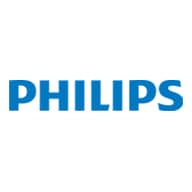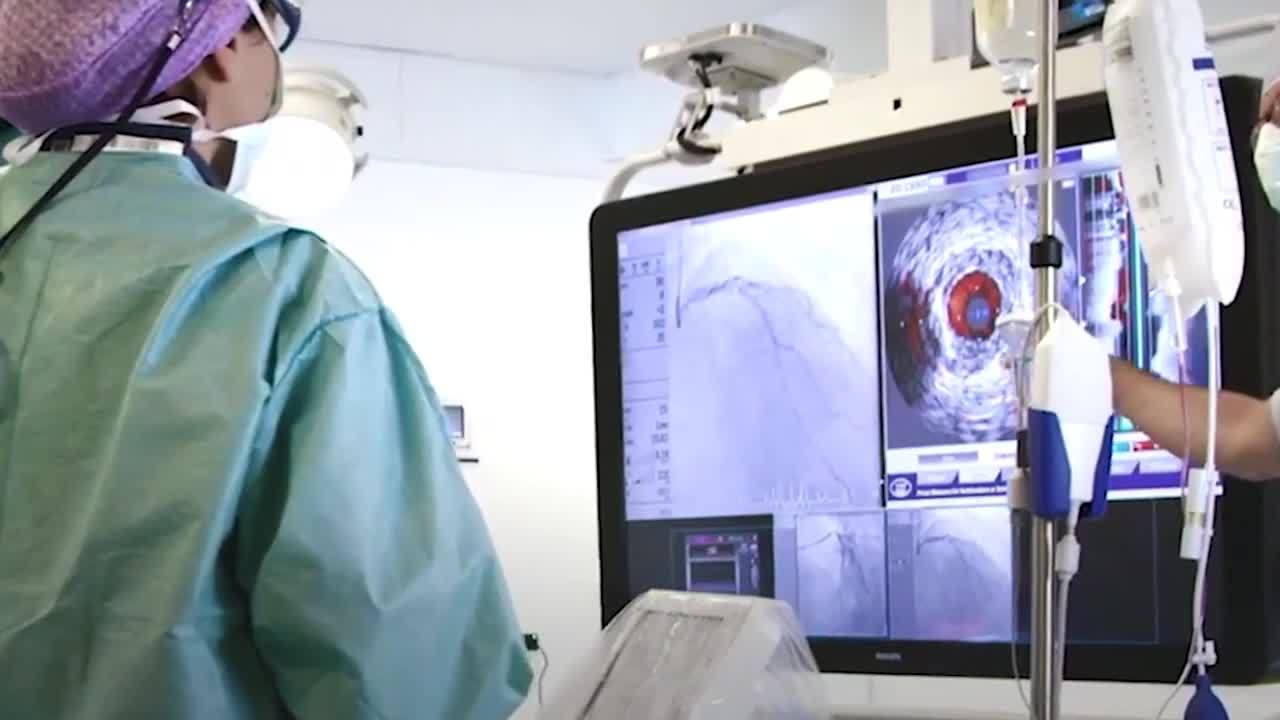Shawn Gibbons, head of the Platform Solutions Group for Philips Radiation Oncology, explained that integration is vital as users in different locations access systems remotely and patient data can remain fragmented in multiple applications. “The way healthcare is delivered now, it’s not just a single location or even a single workstation. It is spread across multiple facilities and multiple caregivers alike. Physicians, nurses and other treatment staff need access to the patient data. And, when they do look at data, they’re not looking at it from only one particular application, but across multiple applications.”
To facilitate remote access to multiple healthcare solutions, Philips needed a partner with the technology to connect a broad landscape of IT ecosystems. Simon Omer, head of R&D at Philips Radiation Oncology, North America, described the requirements. “We are moving from a single product to a solutions space, which requires a strong integration of different components, products and offerings. These different components bring together a wide range of users who want to be able to access their systems from anywhere. They want to be able to connect every time with a high quality, secure and reliable connection. We needed a solution that satisfies these requirements.”
After evaluating other software applications, Philips chose OpenText™ Exceed™ TurboX, a web-based remote access solution for UNIX® , Linux® and Microsoft® Windows® desktops and applications. Philips is using the solution to provide remote access to its IntelliSpace Radiation Oncology platform, which offers a single integrated solution to enable doctors and clinicians to view, prescribe and plan treatments remotely over hospital networks, quickly and efficiently with increased diagnostic confidence.
Philips will rely on Exceed TurboX to provide security, performance and easy access to Philips software applications, enabling physicians to improve the quality and speed of patient treatment. “We want to offer capabilities to diagnose cancer much faster and much earlier,” explained Omer. “Having a strong integration of components, with the ability to interconnect them and analyze the data that’s been shared is really significant. With OpenText Exceed TurboX, we’re able to connect so many different components and make them available to our users, even if they all run on different operating systems. We need access from basically any IT equipment. With OpenText Exceed TurboX, that is possible.”
Exceed TurboX also meets Philips’ strict requirement for high-quality remote display, which ensures accurate analysis of patient data and quick turnaround for doctors and clinicians who connect from remote workspaces. To prevent an incorrect diagnosis resulting from a poor-quality image, the solution offers pixel-perfect drawing and precise color rendering.
 Philips Healthcare
Philips Healthcare